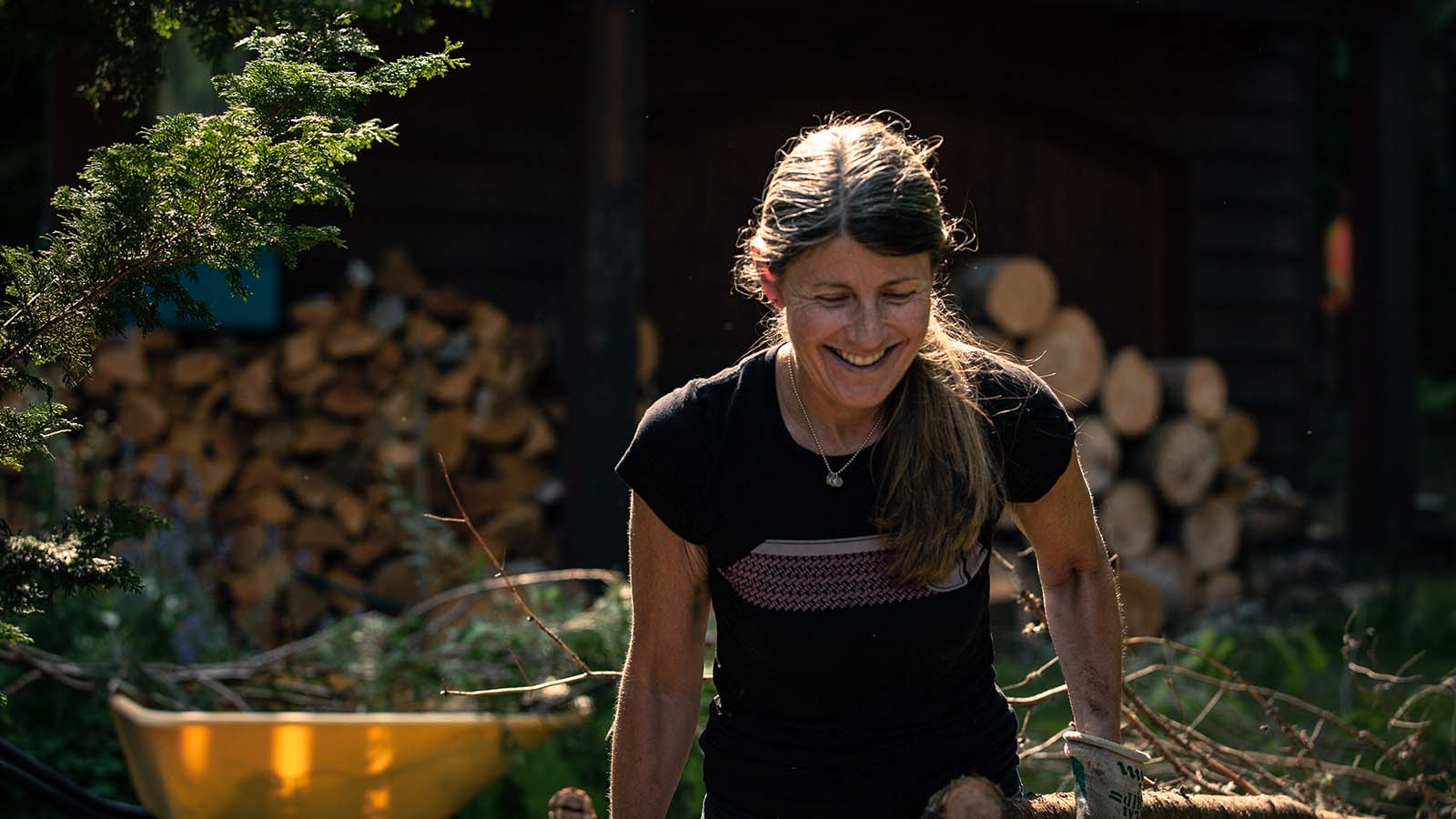Whistler may be Canada’s best-known resort community, its idyllic scenery and rich recreational offerings having played a central role in Vancouver’s hosting of the 2010 Winter Olympics. Today, however, Whistler is setting records of a very different sort as multiple stakeholders team up to mitigate the growing risk of wildfire caused by climate change. In the process, a sterling example is being set of how otherwise vulnerable communities can protect themselves with proactive leadership that stresses both collective action and individual responsibility.
Like other regions across British Columbia, much of the town’s success in this effort stems from its embrace of principles and practices championed by FireSmart BC and FireSmart Canada. The the difference is that in Whistler, the levels of uptake, engagement, and forethought are
unparalleled.
For one thing, Whistler – which has just 12,000 full-time residents – contains 15 separate neighbourhoods that have qualified under FireSmart Canada’s Neighbourhood Recognition Program. Among other things, this means they have retained an expert to assess the wildfire risks they face and help develop a Neighbourhood Plan for remedial action, established a local committee to implement and update the plan, and carried out at least one event per year aimed at hardening their collective defences. On a yearly basis, they also undertake to invest at least $2 per capita in FireSmart work, and to submit a report to demonstrate ongoing participation. Neighbourhood Recognition is relatively easy to get, but the steps required to obtain it can prevent wildfires from spreading within and/or between different parts of a community, and that can save money, property, and even human lives.
For another, many Whistler residents also have availed themselves of another game-changer in the FireSmart toolbox. The Home Partners Program (HPP) offers homeowners a professional, site-specific study of their properties by a certified Wildfire Mitigation Specialist, complete with both imagery of identified risks around the home and detailed recommendations on how to remove or reduce those risks. The HPP uses an interactive portal that allows the homeowner to provide updates on their progress in implementing the recommendations, and when a final inspection determines that they have done so, they receive a certificate attesting that their property is FireSmart. In addition to promoting peace of mind, this certification also can be crucial in ensuring full insurance coverage against wildfire losses
Most importantly going forward, the Resort Municipality of Whistler has taken stock of the area’s fire hazards and really leaned into the situation by taking a proactive stance. As Town Councillor and Senior Planner Arthur DeJong recalls, the original local worry about climate change was that it would reduce snowfall, undermining the town’s appeal to skiing and other winter-sports enthusiasts. His own thesis on the subject, though, revealed that “our greatest threat, for this resort, is not lack of snow. It’s a catastrophic wildfire that could take out a major portion of the community and the resort infrastructure.”
In response, local officials have worked with developers to make sure that as the town expands, development conforms to a checklist drawn up by FireSmart Canada in partnership with Intact Centre for Climate Adaptation and the Canadian Homebuilders Association. Relying on new materials and other scientific advances, these guidelines are intended to make sure that new buildings are capable of surviving even the most extreme wildfires. In addition to individual structures, whole new developments are being designed, located, laid out, and constructed with an eye toward wildfire resiliency, essentially serving as firebreaks. The significance of these policies is that they require developers to weave wildfire protection considerations into their projects from conception to delivery. Retrofitting a home with non-flammable roofing and cladding is helpful, of course, but building FireSmart neighbourhoods from the ground up adds enormous value – public, private, financial, and human – that will endure for decades.
All communities in or near the wildland-urban interface are threatened by the very thing that makes them so attractive to residents and visitors alike, so Whistler is not unique in this regard. It is, however, blazing a trail for others to follow by implementing proactive policies and practices to get ahead of the problem. These are precisely the kinds of prevention-based solutions that will benefit all stakeholders in the long run, and FireSmart BC salutes the town and its inhabitants for helping lead the way.
